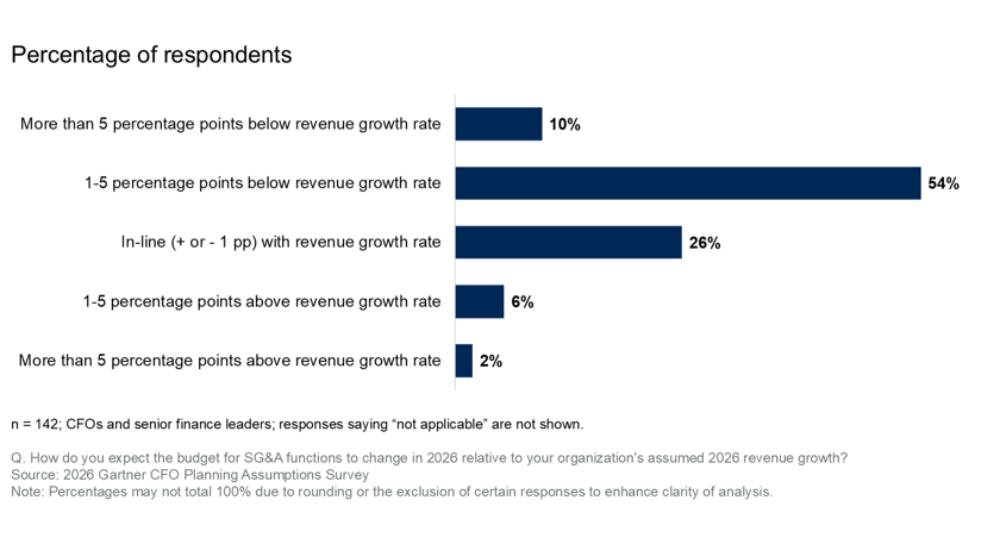This past year presented significant disruptions in the retail industry as the shutdowns from the pandemic officially turn a year old. The retail revolution also continues from before the pandemic as brick-and-mortar stores, late to the digital revolution, continue to shutter stores as consumers flock online.
The changes that occurred were catalysts for adjustments in the back office and on the shop floor as retailers worked to adapt to shopper expectations and behavior changes due to Covid-19 and several other disruptive factors.
Both retailers and brands had no choice but to pivot to new models that collectively sought to understand and interact with customers in a new, fast-evolving and distinct environment.
As the world of brands and retailing evolves – with global eCommerce retail predicted to hit $4.9T, 17.5% of the worldwide retail market, this year – realising its potential means that the industry needs a strong autonomous data platform to collect different data types, including structured and unstructured, 1st party, and 2nd party anonymous data from various sources in real-time.
Industry watchers estimate that 1.7MB of data will be created every second for every person on earth by the end of 2020. Walmart is in the process of developing the world’s most extensive private cloud system, which is supposed to have the capacity to manage 2.5PB of data every hour.
Currently, brands are reimagining their product portfolios. Traditional retailers are bolstering e-commerce efforts and creating new digital experiences. Digital natives are exploring ways to engage customers and drive growth. All parties are collaborating to reconfigure for a more resilient and reliable supply chain.
The role of technology in retail is essential for the evolution and the prosperity of the industry. Retail is expected to further evolve through the five Forces – a set of distinct yet highly correlated technologies that will support global brands and retailers in being local, with local brands and retailers better prepared to go global.
As they become connected and capable of speaking to each other, through Autonomous Data Platforms, they will utilise deep learning, natural language processing, image recognition, and neural network-driven decision-making in ways that will help them understand each other, and us, almost if not entirely in real-time. Advantage, consumer.
These five forces are:
Data science
A convergence of statistics, mathematics, and computer science
Cloud, edge, autonomous data
Real-time monitoring and analysis
5G
Up to 100 times faster than 4G
ML, AI, AR
Machine Learning: computers access data and learn for themselves. Artificial Intelligence: Machines carry out tasks in a way that humans would consider smart.
Augmented Reality: In augmented reality, virtual information is overlaid on the real world, both simplifying and enhancing the buying experience.
IoT, Smartphones, autonomous automobiles, TVs, medical devices, fitness trackers, robots
By definition smart devices depend on only two criteria: The device has the capability to connect with the internet. The device is integrated with technology including sensors, functional software, and some inbuilt technology that supports network connections and actuators.
Considering that we will be witnessing growing importance and urgency across sustainability, product traceability, and transparency this year, these will combine and enable brands and retailers to optimize their customer relationships while operating more cost-effectively, and with better decisions, on inventory management and pricing optimization.
Sustainability, product traceability, and transparency will continue to grow in importance, even urgency. The ability to communicate more efficiently among trading partners and with customers will make personalized offerings, at the speed of thought—the new normal.
Creating frictionless, online, and in-store transactions will become table stakes for everyday customer engagement. And, finally, the 5 Forces will enable global brands and retailers to be local, with local brands and retailers better prepared to go global.
Like many other industries, the retail sector is a vast set of arrangements and actions that are dynamic, proactive, and reactive and therefore must also adapt – at a speed most, if any, expected or were prepared for.

Key takeaways
- Sustainability, product traceability, transparency will continue to grow in importance
- The ability to communicate more efficiently will make personalized offerings, at the speed of thought.
- Creating frictionless transactions will become table stakes for everyday customer engagement.
- The 5 Forces will enable global brands and retailers to be local and local brands and retailers go global.
- Retail sector is a vast set of arrangements and actions and must adapt – at speed.
This past year presented significant disruptions in the retail industry as the shutdowns from the pandemic officially turn a year old.




